Description
Percula Clownfish are beautiful and iconic marine fish, found on reefs in the Indo pacific Ocean. They are instantly recognizable, due to their amazing orange bodies and prominent white stripes. Clownfish are extremely popular in the aquarium trade. They are also great candidates for first fish into a new tank. Feel free to give us a call if you have a new set up and not sure what to start with.
Percula Clownfish Ecology:
Clownfish form strict hierarchies, in which, the dominant fish is female. In the absence of a matriarch, a larger male Percula Clown will change gender and also become the new boss. When it is time to lay eggs, the breeding pair will clear an oval shaped space for brood to go. The male Percula Clownfish take up the job of guarding and fanning the eggs. Success of the brood depends on how attentive the subordinate males were.
Famously, Clownfish share a symbiotic relationship with anemones. The Anemones offer the clownfish protection against predators. This is so, because anemones have stinging cells called nematocysts. Clownfish have protective mucus coats, which prevents the host from stinging them. In return, the Percula Clownfish brings in food and keep the Anemone free from parasites.
Clownfish are omnivorous, so they will eat some algae and small meaty foods, such as zooplankton or larvae.
Clownfish: In the Aquarium:
Our Percula Clownfish do best when fed a varied diet. They will accept frozen Mysis shrimp and enriched frozen brine shrimp. They will also devour live foods, such as copepods and amphipods, that can be cultivated in attached refugium. Over time they will accept high-quality pellet and flake. We adapt all our Percula Clownfish to aquarium life before they leave us. We focus on their health, and most are eating a good quality flake food and/or pellet, such as JBL Maris, before being offered up for sale.
The Fish pictured here are representative only and the livestock you receive may vary in pattern, coloration, and shape.

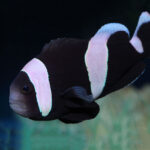


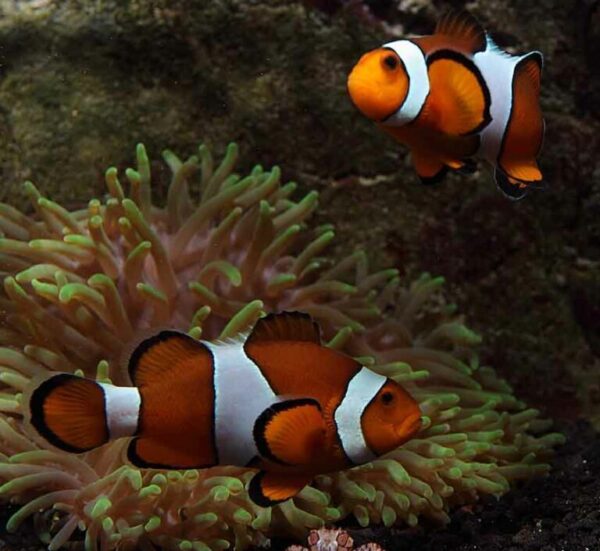
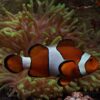
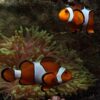

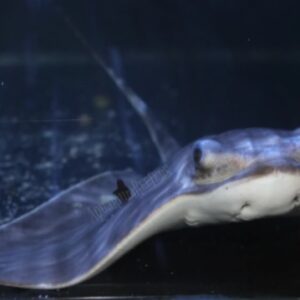
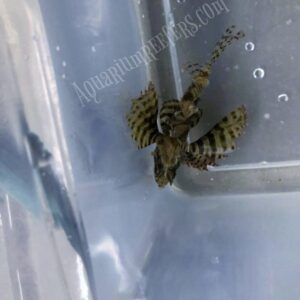
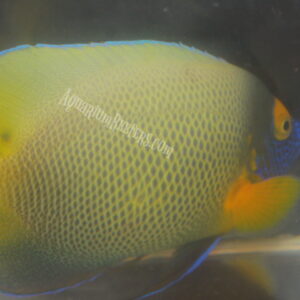

Reviews
There are no reviews yet.